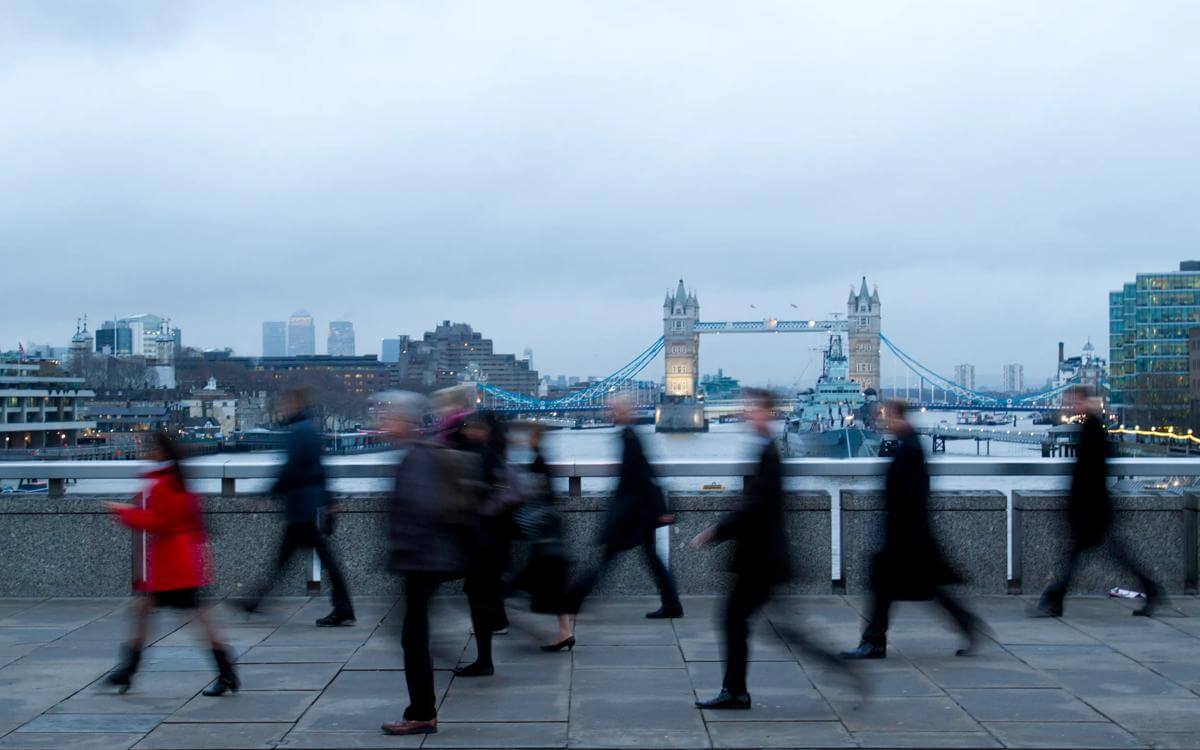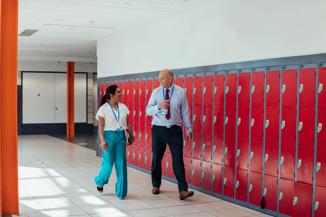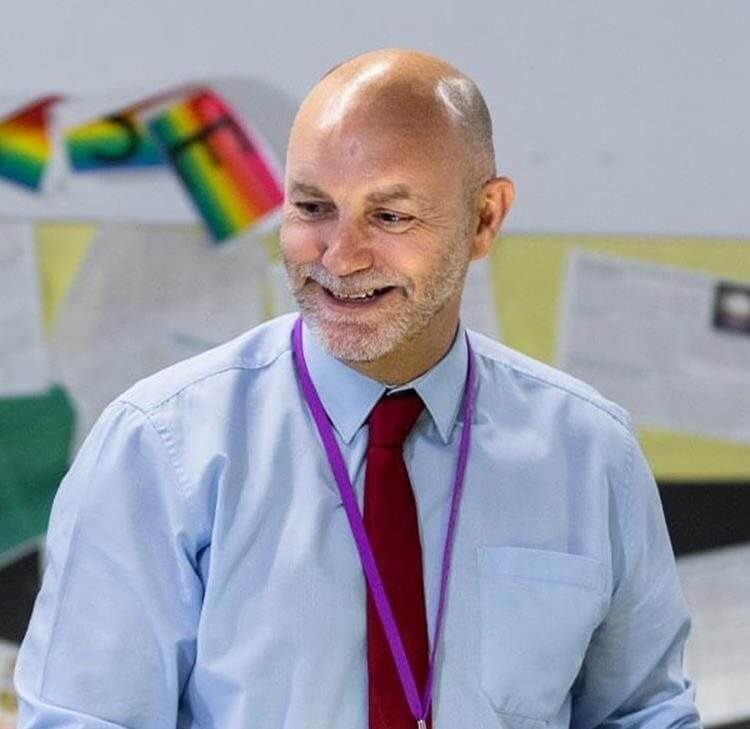
KCSiE 2020: New statutory guidance comes into force
Effective from 1 September 2020, the new Keeping Children Safe in Education (KCSiE) statutory guidance includes various changes, some of which will require action by schools and academy trusts.
In this article we outline the key changes to the 2020 KCSiE guidance and puts forward five actions that you should take to help keep your pupils safe.
Key changes to KCSiE 2020
KCSiE Part One and Annex A
New paragraphs have been added to Part One and Annex A which include further detail on child criminal exploitation and child sexual exploitation (paragraph 28), and paragraphs 34-38 which cover Mental Health.
KCSiE Part Four
Paragraph 211 – Transferable risk
Under paragraph 211 in Part Four an additional bullet point has been added which widens the scope of the guidance beyond allegations that relate directly to behaviour towards children. This section now reads:
“211. This part of the guidance is about managing cases of allegations that might indicate a person would pose a risk of harm if they continue to work in regular or close contact with children in their present position, or in any capacity with children in a school, academy trust or college. This guidance should be followed where it is alleged that anyone working in the institution that provides education for children under 18 years of age, including supply teachers and volunteers has:
- behaved in a way that has harmed a child, or may have harmed a child;
- possibly committed a criminal offence against or related to a child;
- behaved towards a child or children in a way that indicates he or she may pose a risk of harm to children; or
- behaved or may have behaved in a way that indicates they may not be suitable to work with children.”
The reason for the addition of the fourth bullet point is transferrable risk, “Where a member of staff or volunteer is involved in an incident outside of a school or college which did not involve children but could have an impact on their suitability to work with children.”
The example provided in the guidance is domestic violence incidents.
When considering whether an allegation or incident should be dealt with under the fourth bullet point, three questions should be asked:
- What happened?
- Why did it happen (what was the trigger)?
- Could that same trigger be pulled in school?
If the answer to question three is yes, then there may be transferrable risk and the case may need to be managed as a safeguarding issue under the KCSiE statutory guidance.
Clearly this has the potential to significantly increase the number of referrals made to the Local Authority Designated Officer (LADO) and may also impact on employment references and referrals to the Disclosure and Barring Service and Teaching Regulation Agency.
KCSiE Paragraphs 214-217 – Supply staff
Paragraphs 214-217 provide additional guidance on managing allegations against supply staff. The key points are that schools/colleges should:
- Ensure allegations are dealt with properly
- Work with the LADO
- Consider their contract terms with employment agencies
- Share their managing allegations procedure with employment agencies
- Invite employment agencies to meetings regarding allegations
The purpose of expanding guidance on supply staff is to prevent individuals who may be unsuitable to work with children being able to move from school to school without allegations or concerns being dealt with. The guidance is clear that schools, academy trusts and colleges should, under no circumstances, cease to use an agency staff member due to safeguarding concerns without finding out the facts and liaising with the LADO to determine a suitable outcome. Agencies are expected to cooperate with schools and colleges in this process.
The guidance goes on to say: “Governing bodies and proprietors should discuss with the agency whether it is appropriate to suspend the supply teacher, or redeploy them to another part of the school, whilst they carry out their investigation.”
Whilst it makes sense for the school to investigate allegations made against an agency worker with the cooperation of the agency, interestingly the guidance refers to the school discussing with the agency whether it is appropriate to suspend or redeploy the worker.
Schools are unlikely to be amenable to redeploying an agency worker and cannot enforce suspension for someone who is not their employee.
Keeping children safe – five steps to take
- You should amend your managing allegations policy and consider which other policies may require amendment, for example your Code of Conduct, disciplinary and recruitment policies.
- When allegations are made where there may be transferable risk, Part Four of the guidance should be followed.
- Managing allegations policies/procedures should be shared with agencies and agencies should be invited to relevant meetings.
- Agency contract terms should be reviewed.
- Staff should be made aware of the changes to the guidance and their understanding of the statutory guidance should be tested and evidence retained.
KCSiE support available
Our national team of HR consultants and HR advisers are on hand should you require any advice or support in relation to the staffing related requirements of the KCSiE statutory guidance. We can also arrange for you to speak with one of our leading education lawyers should you require wider safeguarding advice related to KCSiE or a particular matter.
Contact

Mark Hickson
Head of Business Development
onlineteaminbox@brownejacobson.com
+44 (0)370 270 6000







































